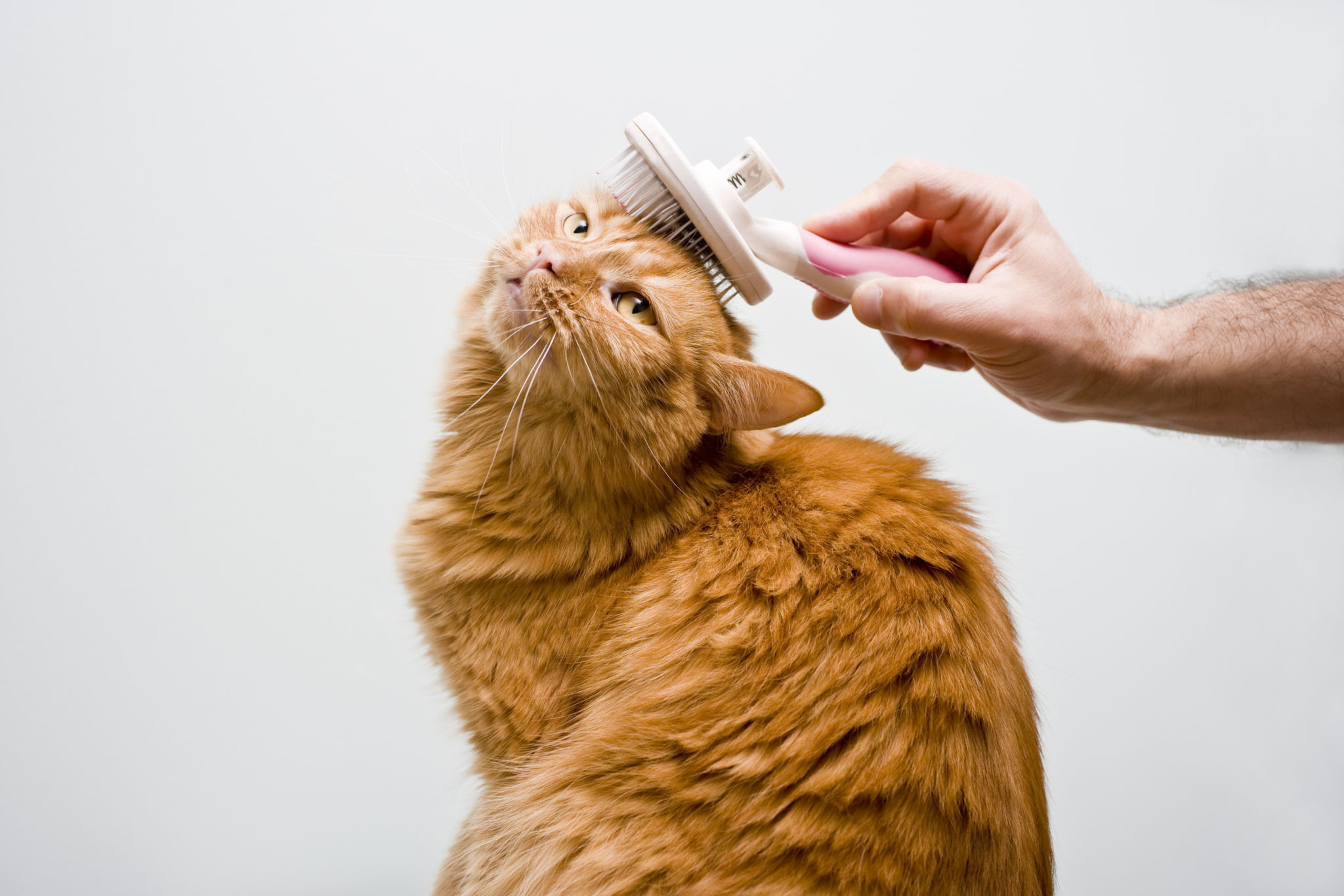Expert Tips for Maintaining Your Pet’s Coat Between Grooming Sessions
The Importance of Regular Brushing
One of the most effective ways to maintain your pet's coat between grooming sessions is through regular brushing. Depending on your pet's breed and coat type, brushing can help remove loose hairs, dirt, and prevent matting. For pets with long or thick fur, daily brushing is recommended, while those with shorter coats can often be brushed once or twice a week.
When selecting a brush, it's crucial to choose one that suits your pet's specific coat type. A slicker brush works well for most fur types, while a bristle brush is ideal for short-haired breeds. Regular brushing not only keeps your pet's coat looking great but also promotes healthy skin by distributing natural oils.

Bathing Your Pet
Bathing your pet is another essential part of maintaining their coat. However, it’s important not to overdo it, as excessive bathing can strip your pet's skin of its natural oils, leading to dryness and irritation. Generally, pets should be bathed once a month unless they get particularly dirty or have specific skin conditions.
When bathing your pet, always use a shampoo specifically formulated for animals. Human shampoos can be too harsh and may cause skin issues. Ensure you rinse thoroughly to remove all soap residues, as leftover shampoo can irritate the skin.

Diet and Nutrition
A healthy diet is the foundation of a shiny, well-maintained coat. Feeding your pet high-quality food rich in essential fatty acids like omega-3 and omega-6 can promote a glossy coat and healthy skin. If you're unsure about what food is best for your pet, consult your veterinarian for recommendations.
Incorporating supplements like fish oil into your pet's diet can also be beneficial. These supplements are known to enhance coat health and reduce shedding. However, always discuss with your vet before introducing new supplements to ensure they're safe for your pet's specific needs.

Managing Shedding
Shedding is a normal process for most pets, but it can become overwhelming if not managed properly. To control shedding, establish a regular grooming routine that includes brushing and occasional baths. There are also deshedding tools available that can help reduce loose fur more effectively than regular brushes.
If you notice excessive shedding or bald patches, it might be indicative of an underlying health problem. In such cases, a visit to the vet is warranted to rule out any medical issues.
Handling Mats and Tangles
Mats and tangles can be uncomfortable for your pet and, if left unaddressed, may lead to skin irritations or infections. To prevent mats, ensure you brush your pet regularly and focus on areas where tangles commonly form, such as behind the ears and under the legs.
If you encounter a mat, gently work through it with a detangling spray and a comb. Never try to cut mats out with scissors to avoid accidentally injuring your pet. Persistent mats may require professional grooming assistance.

Ear and Paw Care
While maintaining the coat is essential, don't forget about other areas like the ears and paws. Regularly check your pet's ears for signs of dirt, wax buildup, or infection. Cleanse them gently with a vet-approved ear cleaner.
Paw pads should also be monitored for cuts or debris. Keeping the fur between the paw pads trimmed can prevent dirt accumulation and improve traction on slippery surfaces.
By following these expert tips, you can keep your pet's coat healthy and looking its best between grooming sessions. Consistent care not only enhances their appearance but also contributes to their overall well-being.